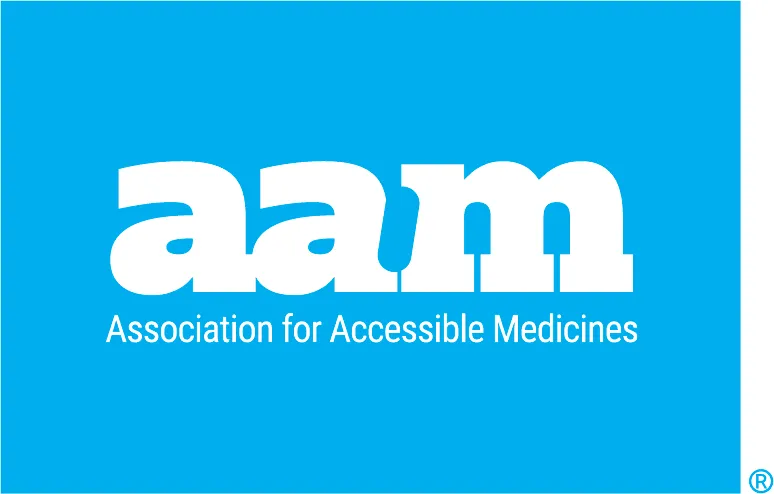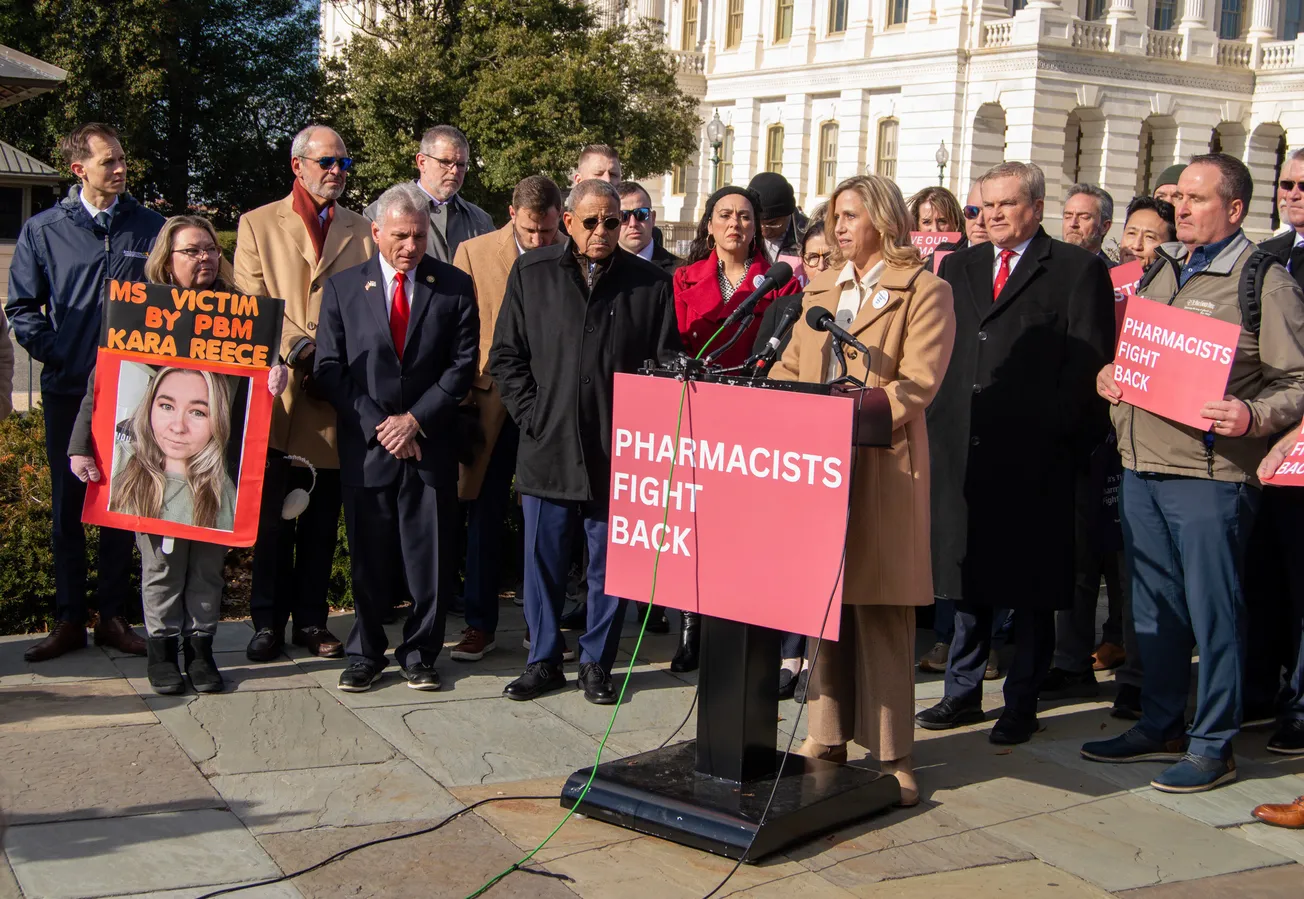WASHINGTON — The Association for Accessible Medicines, the leading trade association for generic and biosimilar manufacturers, commented on an analysis released yesterday by Avalere showing that Medicare plans increase patient costs for generic medicines by moving those medicines to more expensive formulary tiers. In 2011, 73% of generic drugs analyzed by Avalere were placed on Tier 1, which has a zero-dollar copay on average. Ten years later, only 15% of those drugs were still on Tier 1, despite the average price of those medicines falling by 38% between 2011 and 2019.
“Despite overall prices for generic medicines continuing to drop, Avalere’s analysis shows that prices paid by seniors in Medicare plans continue to increase due to health plans moving generics to higher tiers with higher co-pays,” said David Gaugh, Interim President & CEO of AAM. “PBMs are blocking patients from the benefits of lower costing generic and biosimilar medicines. Congress, the Administration, and regulators should be asking why safe, effective, long-standing generic medicines are being moved to higher cost tiers i instead of the other way around.”
AAM released a blog with their analysis of the Avalere data:
Seniors Pay More for Generic Medicines Every Year While Prices Continue to Fall. Why?
Last month, as part of its Fiscal Year 2025 budget , the Biden Administration proposed a new initiative under the Medicare Part D program to require all Part D plans to offer a standard list of generic drugs with a maximum copayment of $2 per 30-day supply. This came on the heels of an Issue Brief by HHS, which found that while most enrollees face very low costs associated with generic utilization, others face higher costs, including over 12% of Part D enrollees that faced copayments over $20 for a single fill of a generic drug. This reflects one more contribution to the puzzling trend of patients paying more for generics even as news reports highlight high rates of generic price deflation. So what’s happening?
In Medicare Part D, medicines are covered on formulary tiers. A drug on a lower tier will have a lower copay. For example, the average copay charged by health plans is $0 for preferred generics on Tier 1, $5 for generics on Tier 2, $42 for products on Tier 3 and a percentage of the list price for drugs on Tiers 4 and 5[i]. The intent is to encourage seniors to use the lowest cost option possible. Because generic drugs are significantly less expensive than their brand counterparts, they have historically been placed on the lowest tier. But in recent years, even as prices for generic medicines continue to fall, many Medicare Part D plans have placed generics on higher tiers with higher copays.
Earlier today, Avalere, an independent health consulting firm, released an analysis (link to cohort insight here) of Part D formulary placement for generic drugs from 2011 to 2021 along with the impact of these changes on patient spending. The analysis underscores the unfortunate and ongoing trend of placing generic drugs on tiers with higher patient OOP. In 2011, 73% of generic drugs analyzed by Avalere were placed on Tier 1 (with a zero-dollar copay on average). Ten years later, only 15% of those drugs were still on Tier 1. And while the percentage of products on Tier 2 has increased from 21% to 36%, the most appalling figure is the spike in placement of generics on Tier 3 – from 4% in 2011 to 24% in 2021. Recall, the average copay in Tier 3 today is $42, significantly more than the price of many generics. This is why 6 of 10 Medicare beneficiaries paid more than the cost of their drug in 2021 and why more and more patients are choosing to pay cash instead of the copay dictated by their health insurance.
And to be clear, this is not because of “higher generic prices”. In the last five years, the total value of all generics sold in the U.S., including a range of new generics, has fallen by $6.5 billion. And we previously found that the average price of the specific generics examined by Avalere fell by 38% between 2011 and 2019. Rather, this is a direct result of health plan decisions to force patients to pay more for generics.
We agree with the Biden Administration that Medicare patients deserve the full benefit of the savings provided by generics and biosimilars. The U.S. health care system has saved nearly $2.9 trillion in the last 10 years due to the availability of affordable generic medicines. In 2022, competition from generic medicines resulted in more than $408 billion in savings to the health care system, including more than $130 billion in savings for the Medicare program. Because of their low cost and high value to patients and payers, generic and biosimilar medicines today account for greater than 90% of all prescriptions dispensed in the US, but only 17.5% of prescription drug spending.
Despite years of demonstrated savings and price deflation, the Medicare program has allowed Medicare drug plans to make changes over the last 10 years that require patients to pay more for many generic drugs even as the prices of those drugs have fallen. It is critical that Congress and the administration address PBM coverage and tiering and practices that increase patient costs for lower-cost medicines. Simple formulary reforms that place generic drugs on existing generic tiers can level the playing field by prioritizing coverage decisions and by nudging Medicare plans and PBMs towards patient-centric choices.







